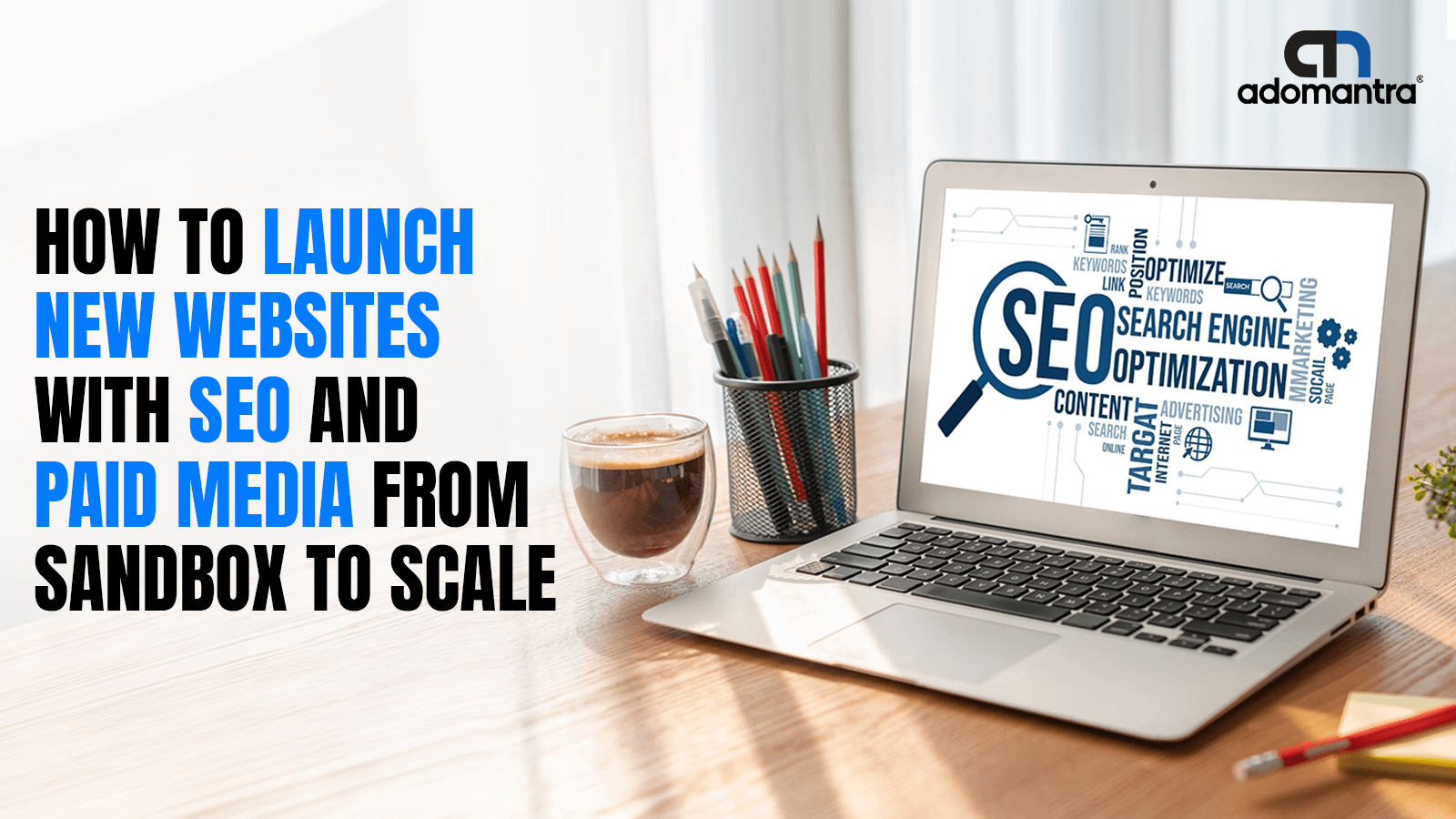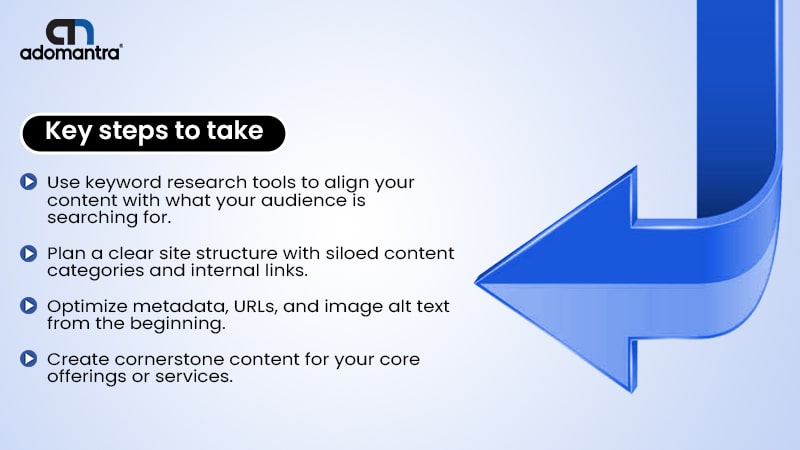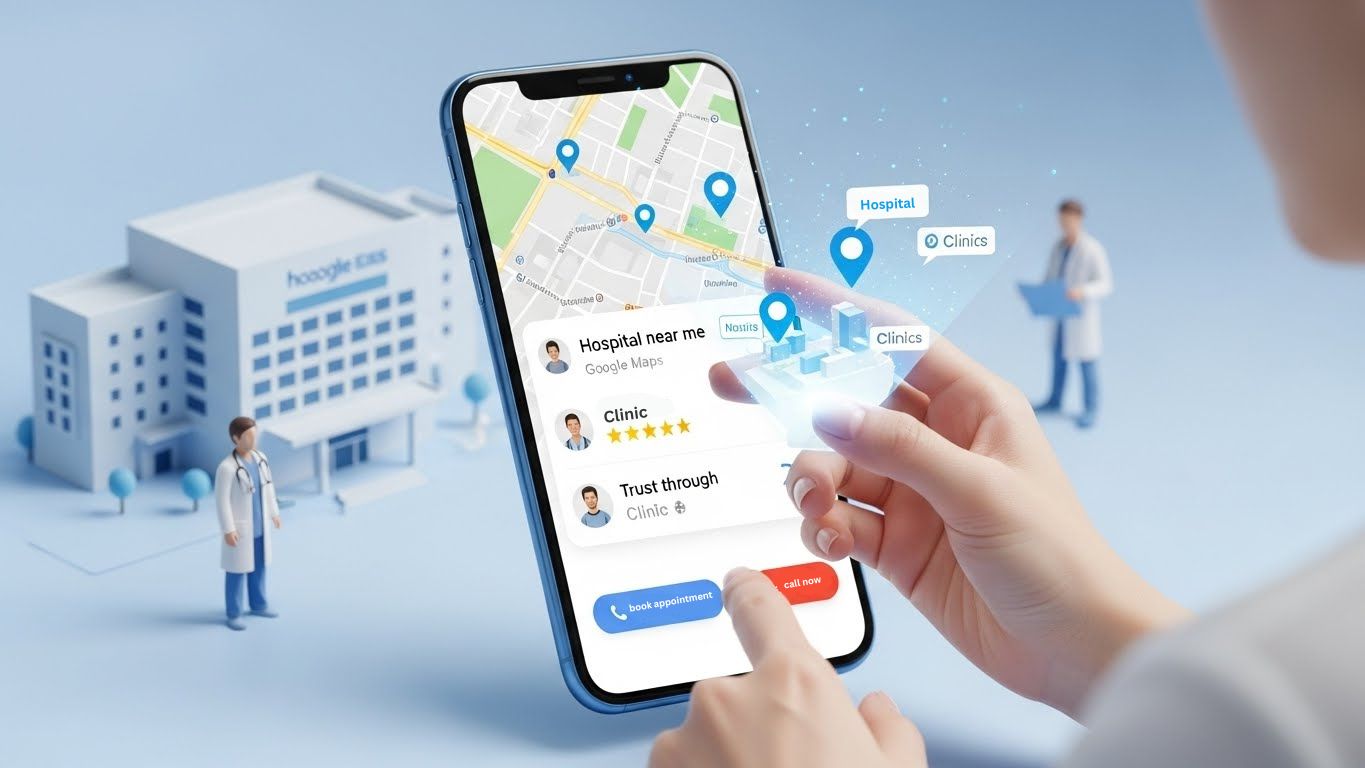
From Sandbox to Scale: Launching New Websites with SEO and Paid Media
Launching a new website is exciting. But without the right visibility strategy, even the best website can sit in silence. In 2025, brands need more than just good design. They need a website launch strategy that blends SEO and paid media to build traffic, trust, and conversions from day one.
A new site often struggles to gain traction because of the Google Sandbox effect. This refers to the temporary period where fresh domains have limited visibility. It is not permanent, but it slows down organic growth. The way to beat it is with a clear plan that combines long term SEO with immediate traffic from paid media.
If you are planning to launch or relaunch your site, this guide is for you.
Build a Search-First Foundation
Your SEO plan must start before the site goes live. That means keyword mapping, content structure, and technical setup should be in place early.

Why it matters:
A study from BrightEdge shows that 68 percent of online experiences begin with a search engine. That is why SEO cannot be an afterthought. It is the base of a solid website launch strategy.
Pro tip: Start building authority before launch by creating a few teaser blogs or landing pages. Submit them to Google Search Console for indexing.
Accelerate Visibility with Paid Media
While SEO takes time, paid media gives you immediate exposure. Platforms like Google Ads, LinkedIn, and Meta let you reach your target audience from day one.
How paid campaigns help:
- Drive traffic during the slow organic growth phase.
- Test keywords and messaging before committing to long term content.
- Collect performance data that can inform your SEO decisions.
Data to know:
Google Ads visitors are 50 percent more likely to make a purchase than organic visitors. This shows how powerful paid media can be in the early days of your launch.
Best practice: Use paid campaigns to promote your most important landing pages. Keep your message clear and offer value upfront.
Track Performance from Day One
No website launch strategy is complete without a strong measurement framework. Set up tracking tools before you go live.
Must-have tools:
- Google Analytics for user behavior.
- Google Search Console for organic visibility.
- Heatmaps like Hotjar to see how users engage with your site.
- Tag managers to track button clicks and conversions.
Why it matters:
Early tracking helps you adjust fast. You can see what content performs best, which ads convert, and what parts of your site need improvement.
Pro tip: Set clear goals such as demo bookings, contact form fills, or newsletter signups. Measure what supports your growth.
Content Is Your Long Game
Content plays a huge role in post-launch growth. A steady publishing plan helps you rank for more keywords, earn backlinks, and build authority.
Focus on:
- Blogs that solve your audience’s problems.
- FAQs that answer real user queries.
- Case studies that showcase your expertise.
- Thought leadership articles that reflect your brand’s voice.
What the data shows:
HubSpot reports that companies that blog get 55 percent more website visitors than those that do not. Consistency is the key to sustainable growth.
Build smart: Plan your first 90 days of content before launch. Use insights from your paid media campaigns to guide your blog topics.
Combine SEO and Paid for Maximum Impact
When SEO and paid media work together, results compound. Paid ads bring instant traffic. SEO builds long term authority. Together they give you faster and more stable growth.
What to align:
- Use paid ads to promote your top SEO content.
- Retarget users who visited but did not convert.
- Use ad data to improve keyword targeting and content relevance.
Your website launch strategy should not treat SEO and paid as separate. They support each other and help you scale faster.
Conclusion
Launching a website is just the beginning. To grow from sandbox to scale, you need a strong website launch strategy that combines SEO groundwork with the speed of paid media. This dual approach helps you break through early visibility barriers and attract the right audience fast.
Looking to launch with confidence? Let us help you craft a website launch strategy that delivers traffic growth and measurable success.
Frequently Asked Questions
Q1. What is a website launch strategy?
A. It is a structured plan that ensures your new website gets visibility and traffic through SEO, paid media, and performance tracking.
Q2. Why does a new website take time to show in search results?
A. New domains often go through a slow indexing phase known as the Google Sandbox. SEO takes time to build trust and visibility.
Q3. How can paid media help in a website launch?
A. Paid media drives immediate traffic, helps test audience response, and provides data to improve your long term marketing strategy.
Q4. What is the most important thing to do before a website launch?
A. Make sure your SEO foundation is ready. That includes keyword targeting, metadata, tracking tools, and a clear content plan.







